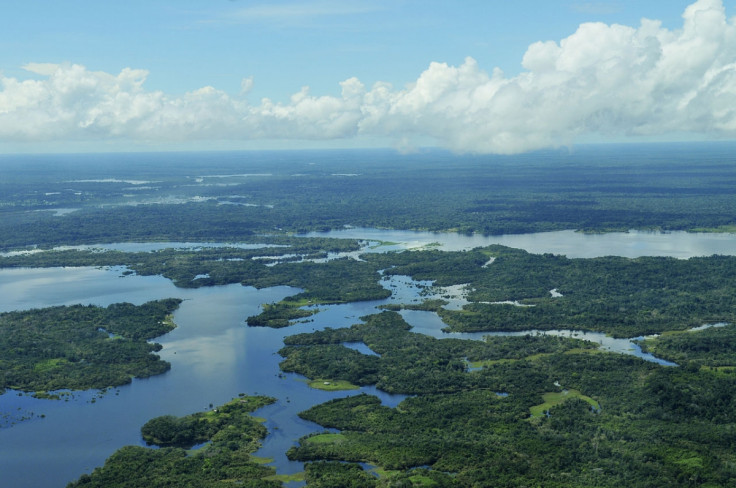Amazon rainforest will one day become a savannah thanks to climate change

The Amazon rainforest will show varied responses to the ever-changing climate and will ultimately succumb to a savannah-like state in the future, where some parts will die off and others will remain intact, according to a new study.
Previous studies have claimed that the South American rainforest will die off completely while others state it will remain relatively unchanged in a warmer climate.
However, the latest study led by researchers at Harvard University say that it will actually likely be a combination of both. The team say that previous studies don't take into account the complexity of the Amazonian ecosystem.
This study, published in the Proceedings of the National Academy of Sciences, claims that the vast rainforest, which has an area of 5,500,000km<sub><sup>2, will react with various intensities across its large domain. Paul Moorcroft, an ecologist at Harvard University, and colleagues designed a new model which they called the Ecosystem Demography Biosphere model, which allowed them to track individual trees' responses to climate change.
To get a better understanding of how it may react in the future, they combined field observations with remote sensing estimates and applied them to the model. The results showed that the changes to the Amazon would be gradual and that the rainforest would show a "varied response" to climate change.
For example, they found that forests would lose more biomass as dry seasons became longer, and high biomass forests will convert to low biomass dry forests. They say that the parts of the Amazon that have a dry season that lasts for four months will lose around a fifth of their biomass, and that the dry seasons will become two months longer.
However, drier parts of the Amazon which have a six-month dry season will lose 29% of their biomass and the dry season will be longer by a month. The team write in their paper: "Fire, logging, and other anthropogenic disturbances may, however, exacerbate these climate change-induced ecosystem transitions."
Soil type can also influence the time it takes to react to climate change. Forests that are situated in low clay content soil will be "relatively unaffected" by climate change while those in high clay content soil will deteriorate more rapidly.
The team adds: "As we have shown here, models that incorporate plant-level dynamics are able to characterize observed extant patterns of variation in the structure, composition, and dynamics of Amazonian ecosystems more accurately and accounting for these patterns has important implications for the sensitivity and ecological resilience of Amazon forests to different levels of climatological perturbation."
© Copyright IBTimes 2024. All rights reserved.







